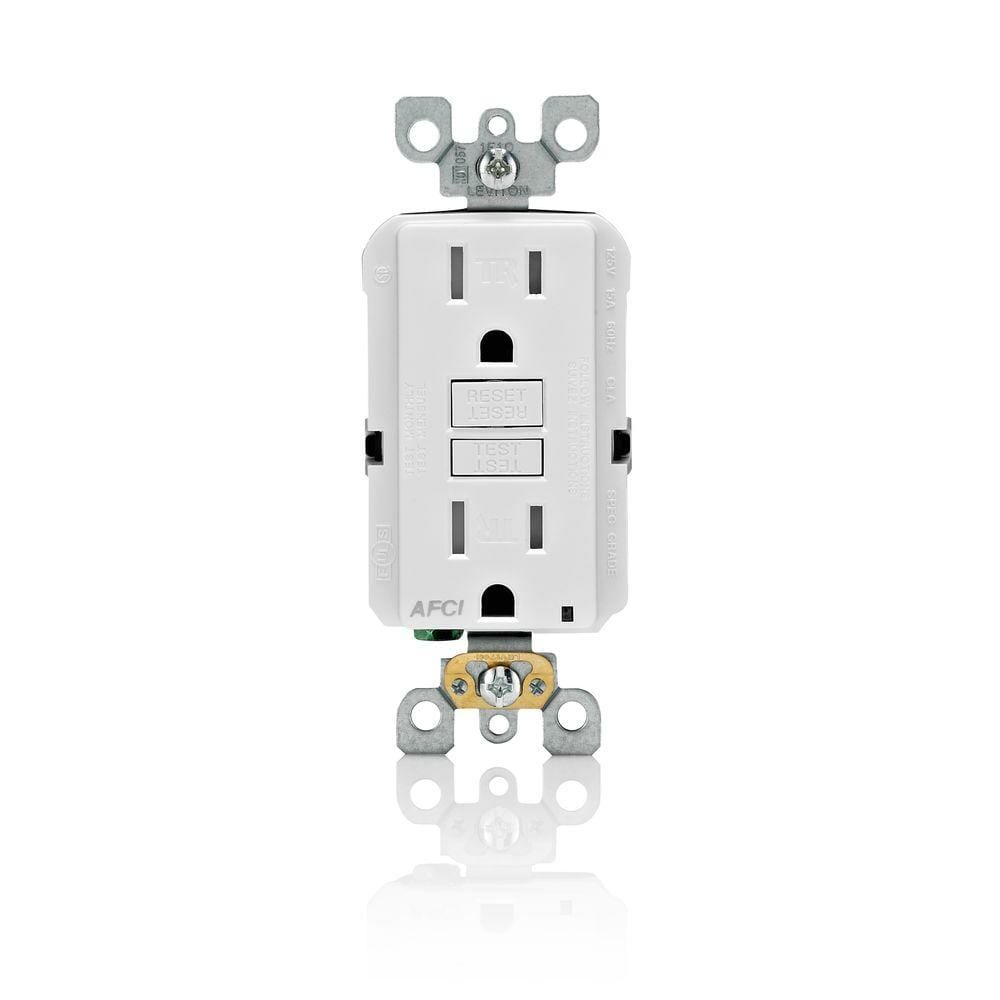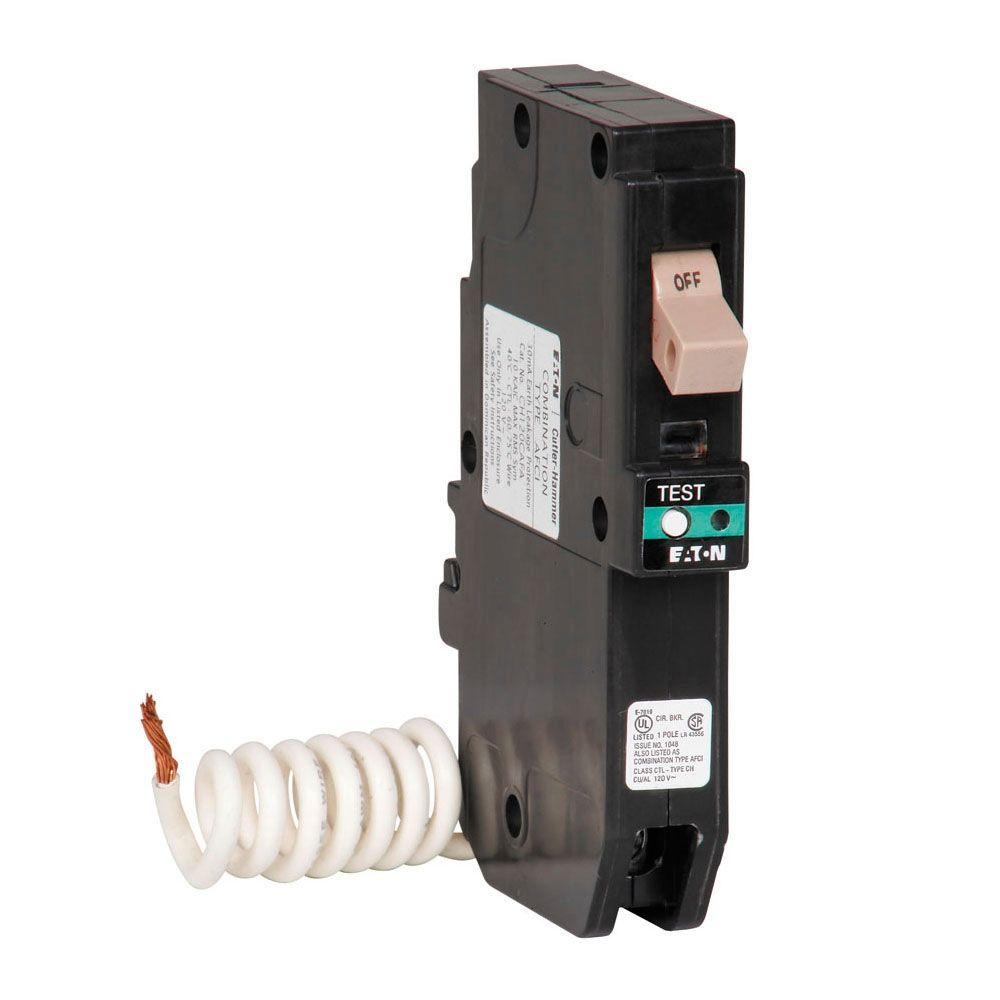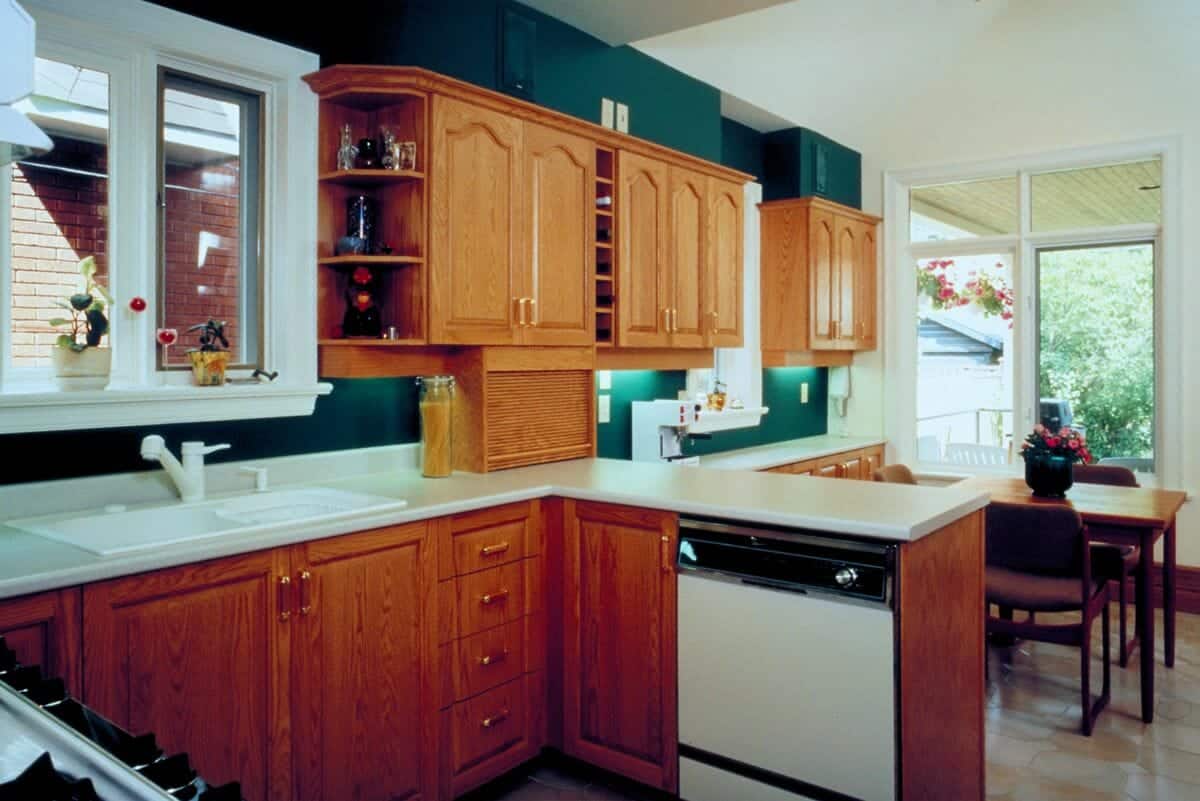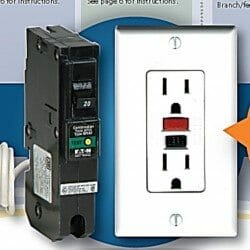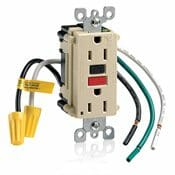Can You Tell a Buyer What a AFCI and GFCI Is and Does ?
Do You Know The Answers For The Following:
- What a GFCI outlet is for.
- What a AFCI outlet or breaker is for
- Know if and when they are required
- Are they cheap or expensive to install
- Where should they be installed
Top Agents Can Explain About GFCI’s and AFCI’s to Their Clients
1. GFCI’s Save 100’s Of Lives A Year
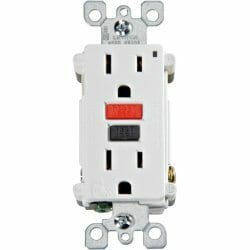
GFCI stands for ground fault circuit interrupt
Shock protection. GFCI’s are designed to prevent shock. A good example is in bathrooms. Should a person be blow-drying their hair and accidentally put their hand (while holding the blow dryer) into a sink full of water, that the outlet or circuit will trip immediately. Thus saving the persons life. A great safety device.

2. AFCI’s Are For Reducing Fires
AFCI stands for Arch Fault Circuit Interrupt.
Fire protection. Arc faults in a home are one of the leading causes for electrical wiring fires. Every year, over 40,000 fires are attributed to home electrical wiring. These fires result in over 350 deaths and over 1,400 injuries each year.
An AFCI outlet or breaker is designed to detect a wide range of arcing electrical faults to help reduce the electrical system from being an ignition source of a fire. Regular outlets or breakers do not detect low level hazardous arcing currents that have the potential to initiate electrical fires.
The 2008 NEC requires the installation of combination-type AFCIs in all 15 and 20 ampere residential circuits with the exception of laundries, kitchens, bathrooms, garages and unfinished basements.
Bathroom, kitchen and garage lighting, as well as any other lighting in areas not protected by AFCI devices, can be connected to those circuits protected by AFCI devices, even though those outlets are not required to be AFCI protected
3. When Are They Required ?
First: They are required on all new construction. When a builder is building a new home he is required to have GFCI and AFCI protection of outlets per the building code.
Remodeling. Generally if a owner remodels a kitchen or bath and gets a building permit, the building department will require them to bring the electrical in that area up to current code. Examples, would include adding GFCI outlets in the kitchen or bathroom areas; possibly adding more electrical circuits or additional outlets in the kitchen area, or adding AFCI breakers if a new bedroom addition is added to the house. If a buyer wants more information about this on a house he is buying, then a visit or call to the local building department will answer his questions.
4. Are they cheap or expensive ?
Changing an existing outlet to a GFCI is very easy and inexpensive to do. Electricians, qualified handymen and even home owners themselves can usually do this work.
AFCI breakers and outlets are likewise inexpensive and easy to do.
Buyers should not worry about cost or difficulty.
5. Where are GFCI and AFCI normally required or beneficial ?
GFCI’s – Outdoor areas, garages, kitchens, bathrooms, wet bar areas and laundry rooms.
AFCI’s – Bedrooms, living rooms, dens, bonus rooms, etc. Basically all rooms that do not require GFCI”s. Generally you find that AFCI breakers are more common than individual AFCI outlets.
Remember, most homes do not AFCI’s, that they are found mostly on new homes. For details on locations, cost and need, a quick call to a qualified electrician will answer most questions.

Bottom Line
- GFCI’s are for electrical SHOCK protection.
- AFCI are for FIRE protection. Usually use breakers, rather then outlets, for this type of protection.
- See on new houses and often required when remodeling
- Easy and in-expensive to to do.
Correct Terminology – Technically in the code, “outlets” are called “receptacles”
Outlets are technically called receptacles in the code books. However, most buyers will refer to them as:
- Outlets
- Wall plugs
- Plugs
- Wall socket

